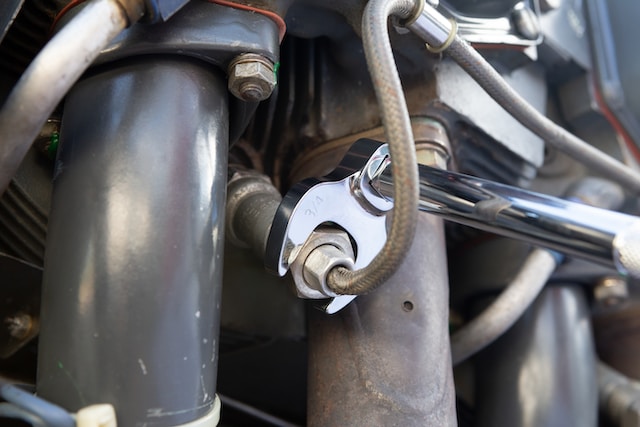Hydraulic hoses are the lifeline of many pieces of heavy equipment and machinery. These hoses are exposed to abrasion, extreme heat, and other harsh environments, making them more susceptible to failure.
Abrasion is caused when hoses rub against metal parts or other abrasive materials, which wear away the outer layers of the hose until it breaks.
Improper Assembly
Hose failures can lead to a wide range of costly issues. They can result in lost productivity, increased safety hazards, material waste, and potential environmental damage.
One of the most common reasons a hydraulic hose fails is improper assembly. Following a few basic best practices while cutting and assembling the hose is critical for safe and clean operation.
Improper routing is also a cause of many hose failures. Routing the hose correctly will minimize friction & abrasions from other hoses.
This is especially important on pressurized hoses. Excessive bending and flexing at the hose coupling can lead to a hose burst or kinking in the hose. Bend restrictors can help to reduce this type of stress.
Overheating
Hydraulic hoses are often exposed to high temperatures, contributing to several failures. These temperatures can come from inside the hose, as it is heated by the hydraulic fluid that passes through it, or externally.
This can cause the hose to harden, become stiff, and crack. It is important to confirm that the hoses you purchase are rated for the temperature requirements of your application.
Damaged Fittings
When it comes to hydraulic systems, hoses are an essential component. They allow fluids to flow between machine parts and are often damaged by other components affecting the fluid’s ability to move.
If one hose fails, it can quickly put projects on hold and restore your business. Luckily, there are preventative steps you can take to protect your equipment and operations as a whole.
For instance, it’s important to ensure that hoses are not exposed to excessive heat or sunlight during use. This can cause the rubber liner to harden and degrade, which could result in a hose failure. Instead, you can install heat guards or shields to protect the hose’s outside cover. If your hose’s temperature is high, you can also evaluate the system design to improve efficiency and reduce the fluid’s temperature.
Dry Air
Hydraulic hoses are vital pieces of equipment in many industries. If one breaks down, it can put your entire operation on hold, so preventative maintenance and risk management are important.
If the outer hose cover is dry, it can crack and become damaged, which leads to internal leaks. This can also cause damage to the machinery, which can be very expensive.
The inner tube of hydraulic hoses can also crack and develop numerous tiny cracks, which are often hard to see. This is because the plasticizers used to make the hose supple and flexible break down in high temperatures. It is best to avoid operating hoses at extreme temperatures. Instead, use heat guards to protect the hose. These can be applied to the hose at the fitting.

